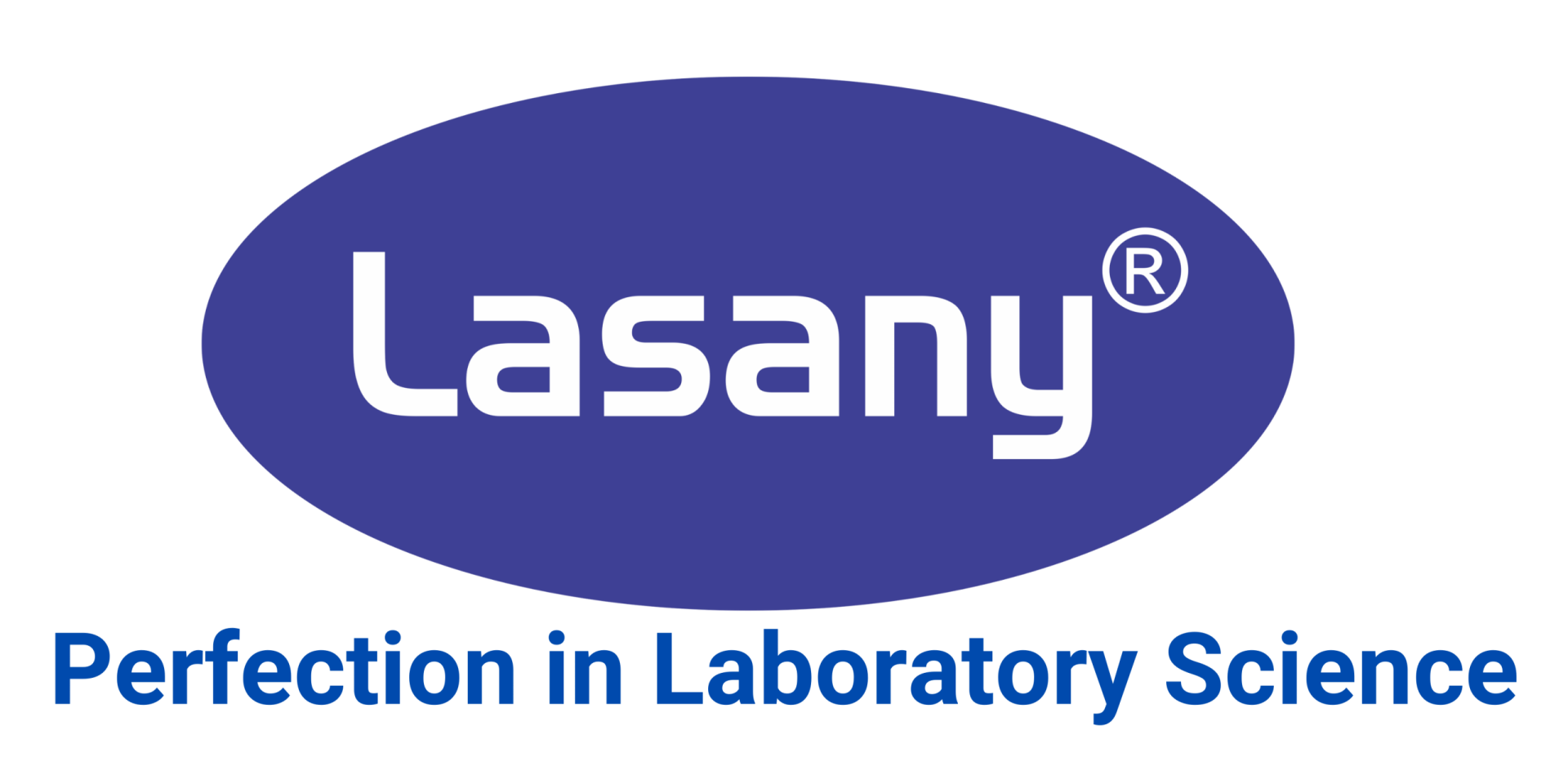How to Choose the Right UV-Vis Spectrophotometer for Your Lab
Selecting the appropriate UV-Vis spectrophotometer is a pivotal decision for laboratories, as it directly impacts the accuracy and reliability of analytical results. These instruments are essential for quantitative analysis, molecular structure identification, and the characterization of various compounds in diverse research fields. Understanding the key considerations and factors involved in choosing the right UV-Vis spectrophotometer is crucial for ensuring optimal performance and functionality in laboratory settings.
Understanding the Basics of UV-Vis Spectrophotometry
UV-Vis spectrophotometers operate based on the principle of measuring the absorption or transmission of light by a sample at specific wavelengths within the ultraviolet (UV) and visible (Vis) spectra. These instruments utilize light sources, monochromators, and photodetectors to generate absorbance or transmittance data, enabling the quantitative analysis of various compounds and the determination of their concentration or molecular characteristics.
Assessing Analytical Needs and Application Requirements
The first step in selecting a UV-Vis spectrophotometer is to assess the specific analytical needs and application requirements of the laboratory. Consider the intended use, sample types required wavelength range, and detection sensitivity to determine the appropriate specifications and capabilities needed for accurate and reliable analysis.
Evaluating Instrument Performance and Specifications
When evaluating UV-Vis spectrophotometers, consider critical performance parameters such as wavelength range, resolution, optical bandwidth, and detection limits. Assess the instrument’s sensitivity, linearity, and dynamic range to ensure compatibility with the analytical demands and sample characteristics of the laboratory.
Opting for User-Friendly Features and Software Capabilities
Choose a UV-Vis spectrophotometer that offers user-friendly features, intuitive software interfaces, and data analysis capabilities. Look for instruments with customizable settings, automated functions, and comprehensive data processing tools that facilitate streamlined operation and efficient data management for complex analytical workflows.
Considering Sample Handling and Compatibility
Ensure that the selected UV-Vis spectrophotometer accommodates various sample types, sizes, and formats, allowing for flexible and versatile sample handling capabilities. Verify the compatibility of the instrument with different cuvette types, sample volumes, and optional accessories to cater to diverse analytical requirements and experimental setups.
Assessing Maintenance and Service Support
Prioritize UV-Vis spectrophotometers from reputable manufacturers or suppliers that offer reliable maintenance services, technical support, and instrument calibration assistance. Opt for instruments with robust construction and modular designs that facilitate easy maintenance, troubleshooting, and long-term operational reliability within the laboratory environment.
Considering Cost-Effectiveness and Long-Term Investment
Evaluate the overall cost-effectiveness and long-term investment potential of the UV-Vis spectrophotometer, considering factors such as initial purchase costs, consumables, and ongoing maintenance expenses. Balance the upfront investment with the instrument’s performance, durability, and potential for future upgrades or expansions to ensure optimal returns on investment and sustainable laboratory operations.
Exploring Additional Advanced Features and Accessories
Explore the availability of additional advanced features, accessories, and optional modules that enhance the functionality and versatility of the UV-Vis spectrophotometer. Consider accessories such as temperature-controlled cuvette holders, multi-cell changers, and integrating spheres that enable expanded analytical capabilities and support complex experimental setups or specialized research applications.
Conclusion
In conclusion, selecting the right UV-Vis spectrophotometer for your laboratory necessitates a comprehensive assessment of analytical needs, instrument specifications, user-friendly features, and long-term investment considerations. By understanding the fundamental principles of UV-Vis spectrophotometry and evaluating key performance parameters, laboratories can make informed decisions that align with their specific analytical requirements and research objectives. With careful consideration of functionality, usability, and maintenance support, laboratories can procure a double beam uv vis spectrophotometer that enhances analytical capabilities, promotes research efficiency, and ensures accurate and reliable data analysis within their scientific endeavors.


